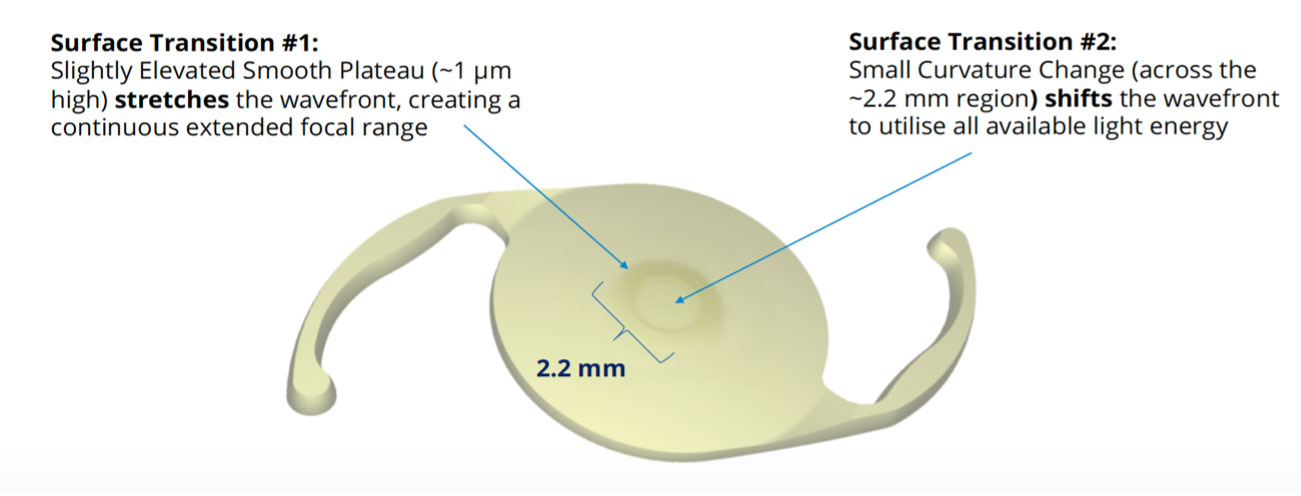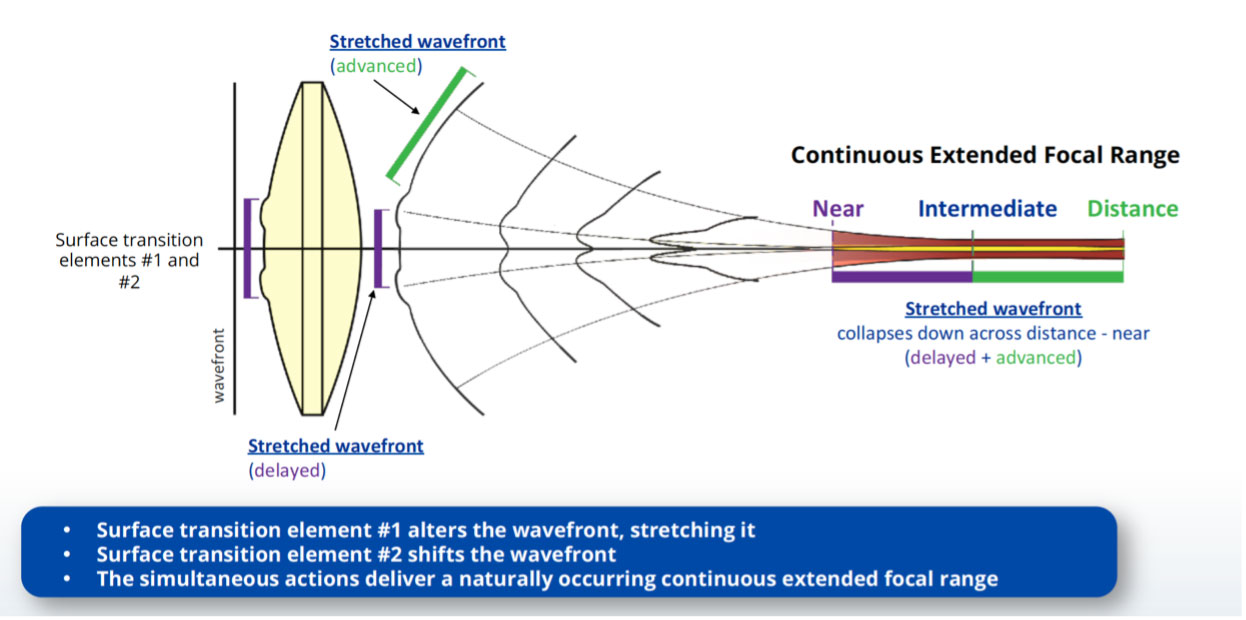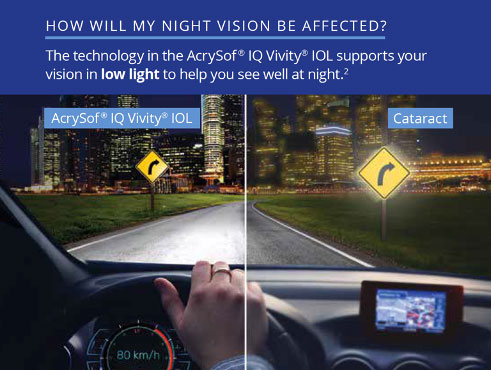 Windsor Clinic: 0800 644 0700 -
Reading Clinic: 0800 644 0900
tannereyes@sapphire-eyecare.co.uk
Windsor Clinic: 0800 644 0700 -
Reading Clinic: 0800 644 0900
tannereyes@sapphire-eyecare.co.uk
 Windsor Clinic: 0800 644 0700 -
Reading Clinic: 0800 644 0900
tannereyes@sapphire-eyecare.co.uk
Windsor Clinic: 0800 644 0700 -
Reading Clinic: 0800 644 0900
tannereyes@sapphire-eyecare.co.uk
The Vivity lens has the same basic shape and identical materials to that of the standard, monofocal Alcon IQ lens, which Mr Tanner has used for many years. The Alcon IQ monofocal lens is one of the most frequently implanted lenses worldwide and has an excellent safety profile. Like a monofocal lens, the purpose of the Vivity Extended Vision implant is to focus images clearly onto the back of your eye (retina) to allow clear vision after cataract removal. The Vivity lens has an additional, new, wavefront-shaping technology which allows a wider range of focused image than with a monofocal lens, helping decrease the need for glasses. The Vivity lens is also available in a toric version to help decrease astigmatism (oval rather than round cornea). The most benefit is gained from the Vivity lens when it is implanted in both eyes.
Clinical trial data, and Mr Tanner’s own results, have meant that the Vivity lens is now Mr Tanners preferred lens for patients undergoing cataract surgery who which to reduce their spectacle requirement whilst avoiding most of the side effects associated with previous multifocal lens.

Patients in the study were also asked about how often they needed glasses to see distance, intermediate, and near objects overall, and in bright and dim light separately. A comparison of the rate of patients reporting “rarely” or “never” needing to wear glasses is presented below. Overall, Vivity IOL patients reported needing to wear glasses less than monofocal IOL patients, especially at intermediate distance and in brighter light.
Assuming a good outcome with first eye surgery allowing excellent distance vision with no glasses Mr Tanner may recommend “micro mono-vision”. This adjusts the outcome in second eye to further enhance ability to read without glasses but avoiding any significant imbalance between the eyes.

There are some side effects that can be associated with the design of IOLs that provide a broader range of vision, which may be worse than with a monofocal IOL. These side effects include visual disturbances such as glare, rings around lights, starbursts, and a decrease in ability to distinguish objects from their background, especially in dim lighting. These side effects may make it more difficult to see in some situations. The side effect profile of the Vivity is very similar to that of the standard monofocal lens as summarized in the table below.
Contrast sensitivity, an important measure of visual function, is the ability to distinguish objects from their background, especially in dim lighting. In the Vivity clinical study, contrast sensitivity in dim lighting was reduced in patients who received the AcrySof IQ Vivity IOL compared to those who received the Monofocal IOL.

Disclaimer : The information provided in this website is intended as a useful aid to general practitioners, optometrists and patients. It is impossible to diagnose and treat patients adequately without a thorough eye examination by a qualified ophthalmologist, optometrist or your general practitioner. Hopefully the information will be of use prior to and following a consultation which it supplements and does not replace.


